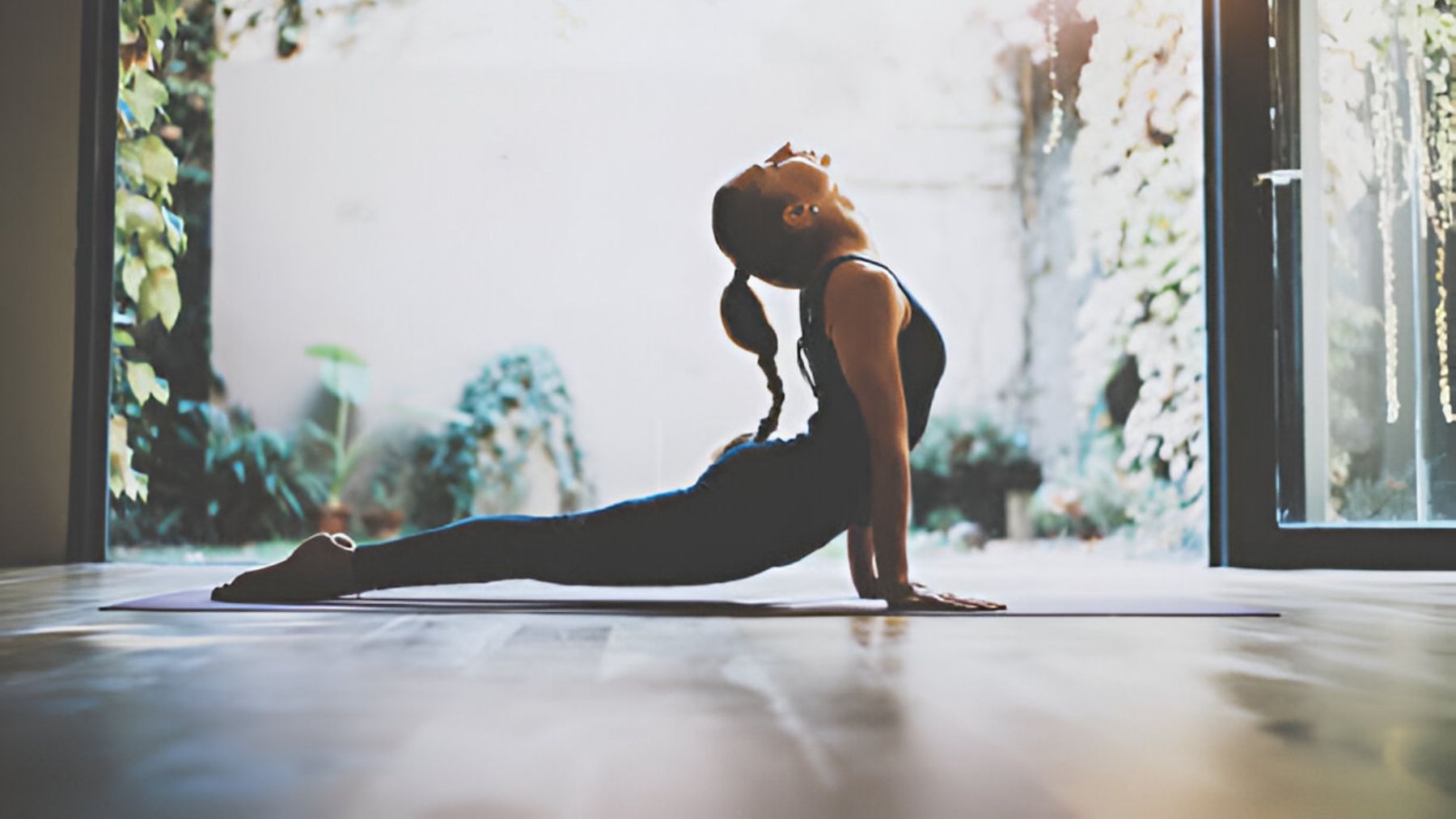Flexibility is an essential component of our physical health, although we often do not give it the importance it deserves. Having a flexible body not only facilitates our daily movements, but also helps prevent injuries and improve our overall well-being. As we age, muscles and joints tend to become stiffer, which can cause discomfort and limit our ability to perform certain activities. That’s why it’s critical to work on our flexibility to stay limber and healthy over time.
Improving flexibility is not something that only benefits athletes or yoga practitioners. Anyone, regardless of their level of physical activity, can benefit from having a wider range of motion and less tight muscles. By incorporating stretching into our daily routine, we can increase our mobility, reduce muscle soreness and improve our posture, which ultimately contributes to a better quality of life.
6 reasons why flexibility is important for your health
In addition, flexibility not only affects our body, but also our mind. Stretching exercises can reduce stress and anxiety, helping us to relax and feel more at peace with our bodies. So, in this article we will explore the top six reasons why flexibility is key to health, as well as some tips on how to effectively improve it.
Improve mobility
Flexibility is essential for maintaining good mobility. When muscles and joints have a good range of motion, it’s easier to perform everyday activities without strain or pain. Regular stretching can prevent stiffness and keep joints limber, which reduces the risk of injury.
Prevents injury
Flexibility plays a crucial role in injury prevention, especially in active people or athletes. When muscles are tight and stiff, they are more prone to tearing or pulling during physical activity. In addition, lack of flexibility in one part of the body can force other areas to compensate, which increases the likelihood of injury. For example, if you have tight hamstrings, your lower back or knees may have to compensate for movement, which could lead to pain or injury in those areas.
Improving flexibility through regular stretching helps prepare muscles for exercise by increasing their ability to lengthen and contract without damage. Static stretching, which consists of holding a position for an extended period of time, is particularly effective in increasing flexibility in a safe and progressive manner.
Reduces muscle soreness
One of the most immediate benefits of flexibility is the reduction of muscle soreness and tightness. Tight muscles can cause discomfort throughout the body, especially in areas such as the neck, shoulders and back. Not only does this affect the ability to perform physical activities, but it can also interfere with sleep, concentration and overall well-being. Incorporating stretching into the daily routine can relieve this tension, promoting muscle relaxation and improving blood circulation to the tissues.
When muscles are less tight, the body feels looser and lighter, which can improve posture and body alignment. Flexibility also helps reduce inflammation in the muscles, which can be particularly helpful after intense workouts or prolonged periods of physical activity.
Improve posture
Poor posture is a common problem that affects many people, especially those who spend long hours sitting at work or performing repetitive tasks. Lack of flexibility in certain muscle groups, such as the hamstrings, hip flexors or chest muscles, can contribute to a slouched or unbalanced posture. This can lead to chronic pain problems and a reduction in the body’s functional ability.
Working on the flexibility of key muscles can help correct these imbalances, promoting a more upright and healthy posture. Stretching shortened and tight muscles, combined with strengthening weak muscles, can significantly improve body alignment. This not only makes us feel more confident and upright, but also protects the spine and prevents future pain problems.
Improves blood circulation
Stretching not only helps the muscles, but also the blood circulation. It improves blood flow to the muscles, which keeps them nourished and aids in recovery after exercise.
Benefits mental health
Flexibility not only impacts the body, but also the mind.The process of stretching and mobility can have calming and relaxing effects, which helps reduce stress and anxiety.Many disciplines that focus on flexibility, such as yoga or Pilates, combine stretching with breathing and mindfulness techniques, which promotes a more balanced state of mind.
When the body feels good and moves with ease, the mind benefits as well.Reduced physical tension often translates into less mental strain, allowing for greater clarity and focus in daily life.In addition, simply taking a few minutes a day to stretch and relax can be an effective way to unwind from daily stress and reconnect with yourself.
How to improve flexibility?
To improve flexibility, it is important to incorporate stretching into your daily routine.Here are some tips:
- Do regular stretching: Spend at least 10-15 minutes a day stretching the major areas of your body.
- Practice yoga or Pilates: These disciplines combine stretching with strength and balance exercises.
- Listen to your body: Don’t force stretching, move gradually and breathe deeply to improve flexibility safely.
- With these simple habits, you can improve your flexibility and enjoy its multiple benefits for both body and mind.

